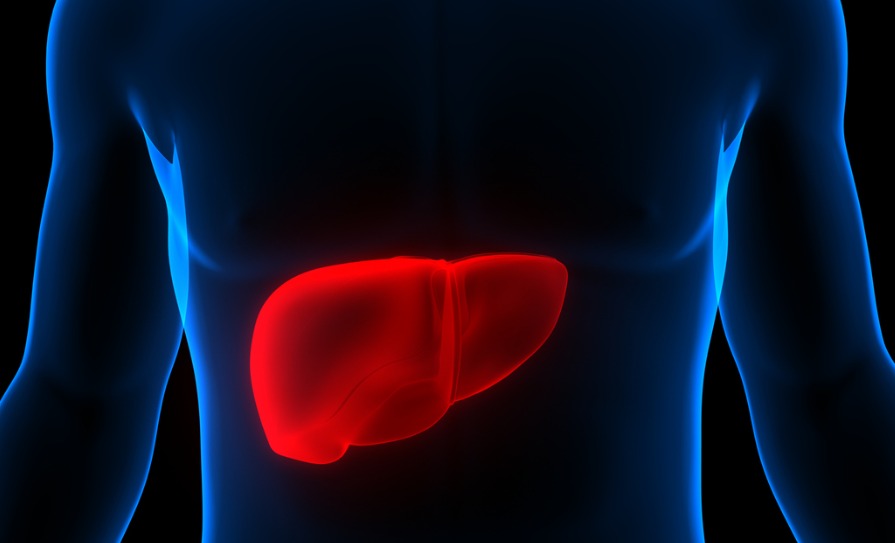
There has been a significant improvement in transplant-free survival in acute liver failure in the last 30 years, but it remains an often challenging presentation, the 2023 Irish Society of Gastroenterology Summer Meeting heard.
Dr Audrey Dillon, Consultant Hepatologist, National Liver Transplant Unit, St Vincent’s University Hospital, Dublin, gave a comprehensive overview of treating acute liver failure.
She clarified that acute liver failure, to be defined as such as opposed to chronic liver failure, takes place in a ‘normal’ liver (no cirrhosis or hepatitis), and represents a significant loss of liver function (INR of 1.5 or higher) over a short period of time, with encephalopathy present. Clinicians need to have a high index of suspicion that acute liver failure might develop in those with a liver injury, Dr Dillon cautioned.
It can be very challenging to treat, especially with widespread inflammation, when multiple organs are affected, and infection is a key cause of death, she explained. “Pancreatitis is very common, mainly in paracetamol-induced liver failure… they can get adrenal insufficiency, kidney failure is really common, and portal hypertension… and they can get acute lung injury.”
The aetiology of acute liver injury varies worldwide (for example, viral hepatis is more common in Asia), which can contribute to difficulties in its definition and diagnosis, Dr Dillon said.
Diagnosis-wise, getting a detailed and accurate patient history is vital. “The history that the patient gives, when they are with it and not confused, is probably the most important step in the diagnosis,” she said.
Physical signs to look for include an enlarged spleen, ascites, while a “forensic” medications history is also key, including any herbal medicines or dietary supplements or illegal drugs or foraged mushrooms, Dr Dillon outlined. She also advised talking to the patient’s GP, and psychiatrist where there is a psychosocial history, to give the patient the best chance, and to inform any transplant decisions.
In terms of treatment for acute liver failure, n-acetyl-L-cysteine (NAC) remains the first-line of treatment, particularly in paracetamol-poisoning cases. It significantly improves overall survival and also decreases the length of hospital stay, with other key treatments for acute liver injury including penicillin and silibinin.
Depending on the cause and severity of liver failure, transplant represents a key option, particularly for autoimmune, Wilson disease, drug-induced and hepatitis-related cases.
Liver failure in pregnant women can come on very rapidly (be alert for coagulopathy) and is very serious, “but these patients tend to have the best prognosis without transplant,” Dr Dillon said, adding that early delivery is key.
In terms of autoimmune hepatitis-associated acute liver failure, “it is really, really tricky” with a very high mortality rate – 14 per cent transplant-free survival at one year (US data). Steroids are useful for these patients, except in encephalopathy, she said.
For all stabilised (ward) patients, very close monitoring for infection is a must, as is good nutrition and vitamin K, and blood sugar monitoring.
Overall, the data show that there has been “a huge improvement in transplant-free survival in the last 30 years”, Dr Dillon told the meeting, with less bleeding, less cerebral oedema, and better ICU care. In addition, for those acute liver patients that are transplanted, their outcomes have also improved and they now do as well as those transplanted for chronic liver failure, she reported.
Plasma exchange is another emerging treatment option, which can work very well and is “easy enough to deliver” to stabilise those who need a transplant or allowing them to survive while waiting for a liver, Dr Dillon said. “In the transplant setting, it gives us a haemodynamic stability to get a liver into them, and in a non-transplant setting it probably does show an improvement so that is something we need to look at doing in the coming years… as it will probably improve their survival.”





Leave a Reply
You must be logged in to post a comment.